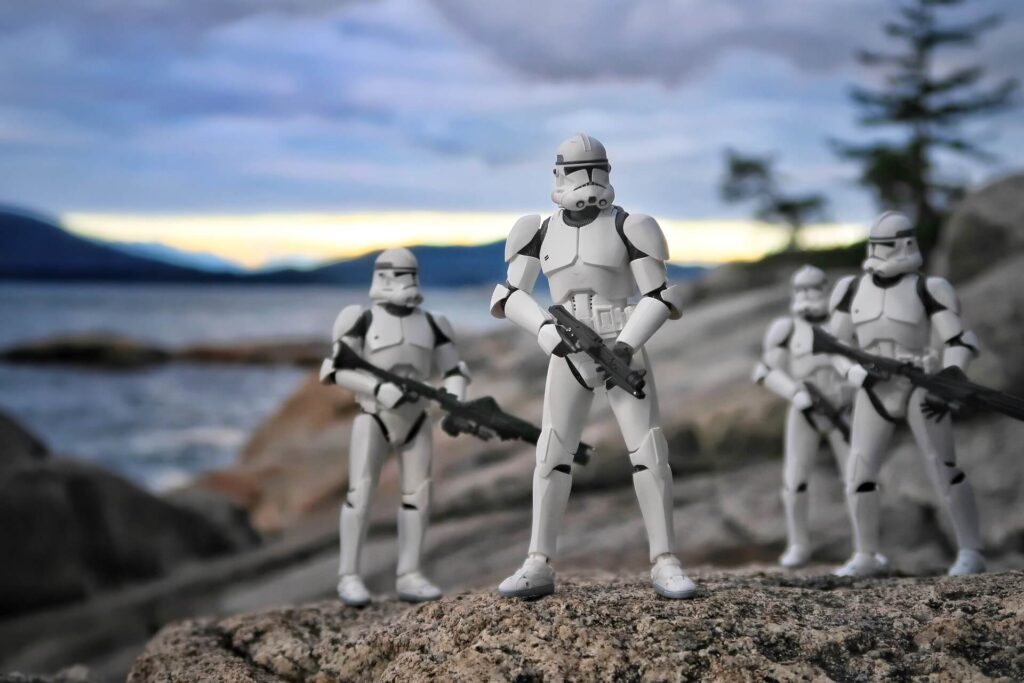While 2021 won’t see a new Star Wars film on the silver screen, that galaxy far, far away will still have a huge impact on the holidays. Indeed, Star Wars arguably reshaped the relationship between media and toys.
Back in the late 1970s, movie director George Lucas made 20th Century Fox an irresistible offer, agreeing to cut his Star Wars director fee by $500,000 in exchange for keeping merchandising rights. Fox jumped at the deal because movie-themed toys then were mostly an afterthought. Movie-themed toys could drum up sales while movies were still in theaters but were quickly forgotten after the theater run wrapped up.
Then Star Wars became an out of this galaxy hit. Yet what was perhaps more surprising was the massive, sustained demand for Star Wars toys. Indeed, toy company Kenner, which originally held the rights to produce Star Wars-themed toys, couldn’t keep up with demand. During the holidays, they actually had to send out IOUs.
Advertisement - Story continues below
Request advertising info. View All.
George Lucas established one of the biggest movie franchises in history. But just as importantly, he reshaped the modern toy industry. Now, tying in ancillary products, including toys, clothing, video games and more, is a major strategy for many film studios.
Consider the Marvel Cinematic Universe. Rather than turning to on-staff comic buffs and storytellers to decide which superheroes to base movies around, Marvel executives sought insights from kids. Children were shown drawings of various superheroes and were asked who they’d like to play with as toys. Iron Man came out as the clear winner and as a result, Marvel Studios launched the MCU with an Iron Man flick.
Hasbro, which partners with Disney to make Star Wars, Marvel, and other themed toys, generated nearly $1.1 billion in revenues through their partner brands in 2020. While this marks a drop from the $1.2 billion in 2019, it’s still a substantial sum. The Licensing Industry Merchandisers Association estimates that total licensed merchandise sales reached $262.9 billion in 2016.
Image by Danny Kelly
